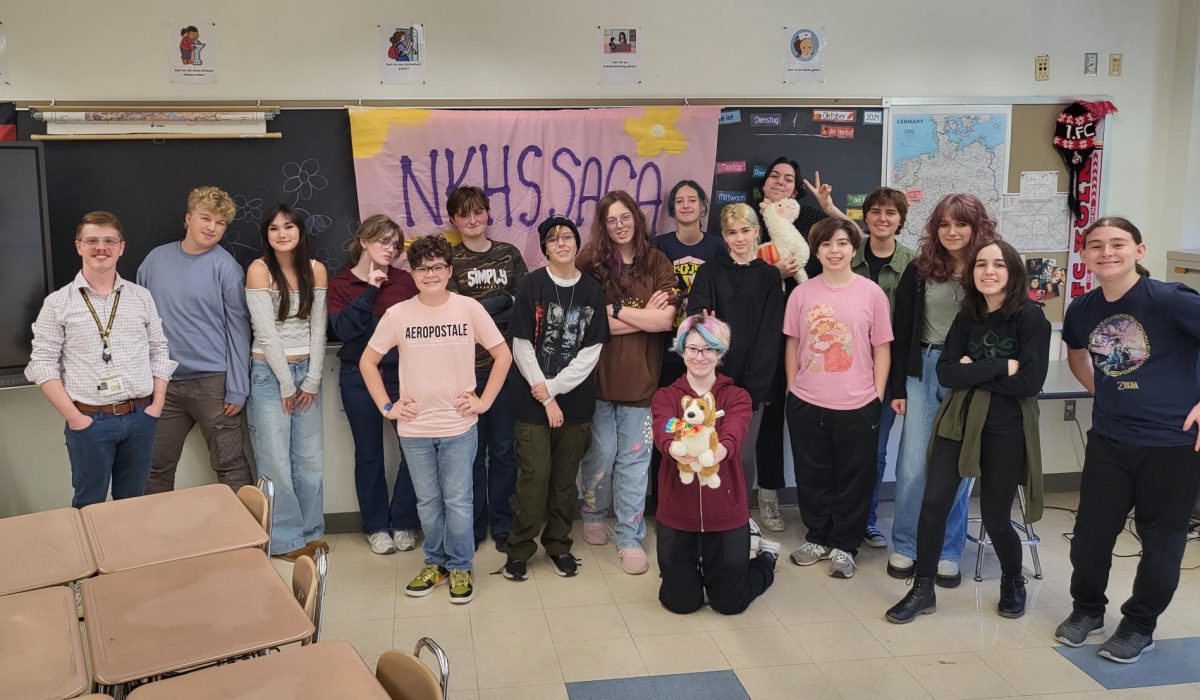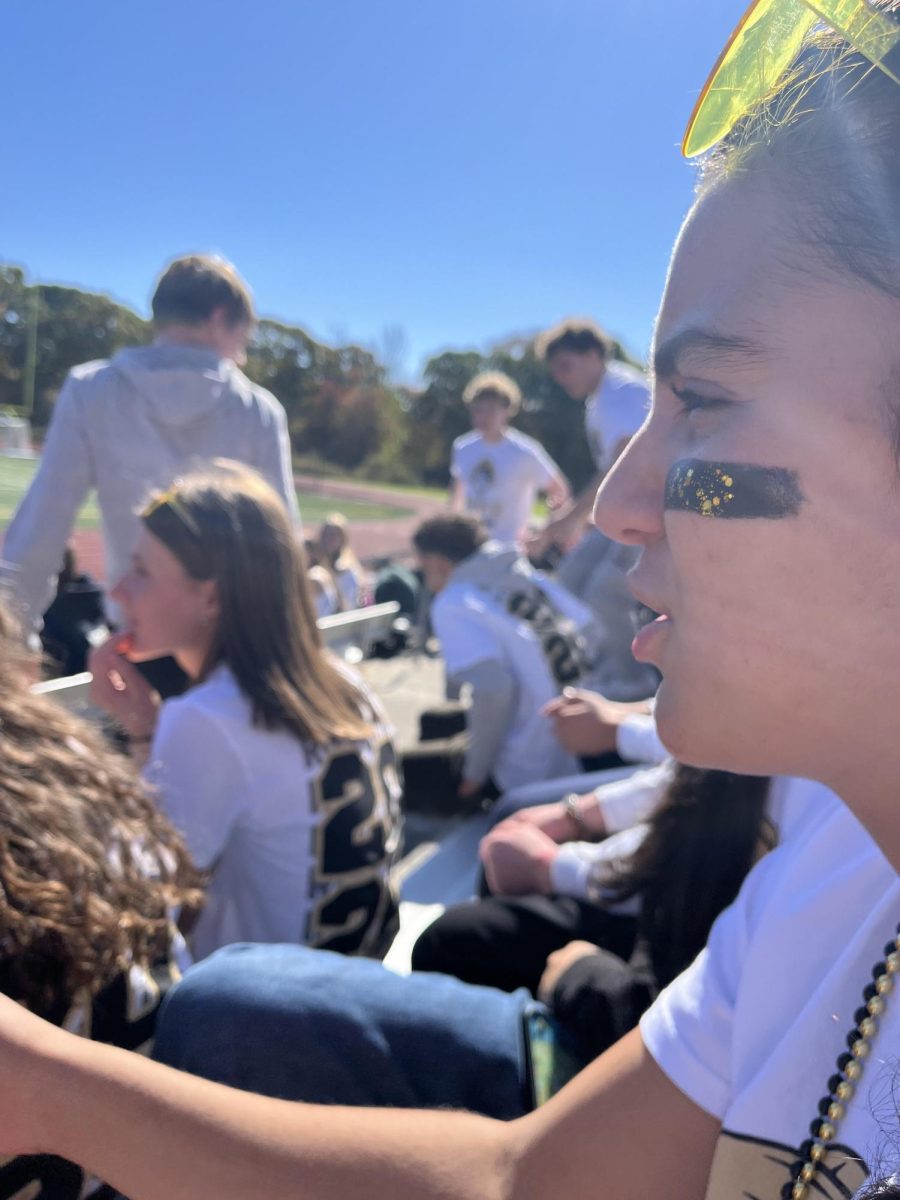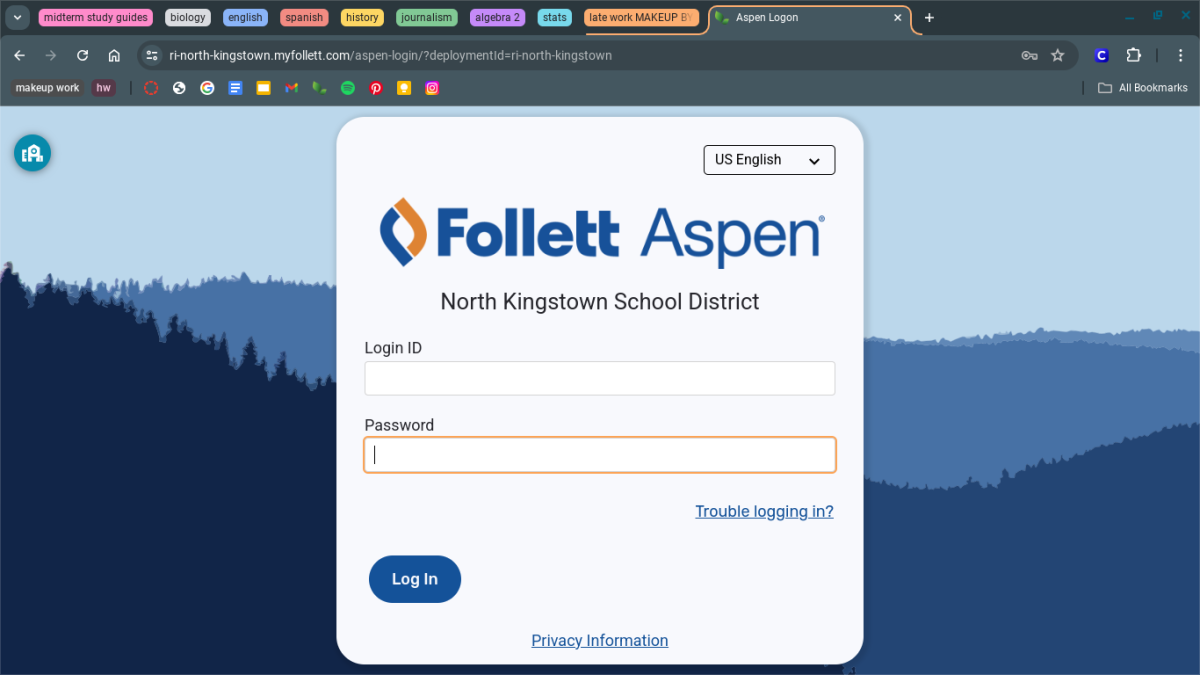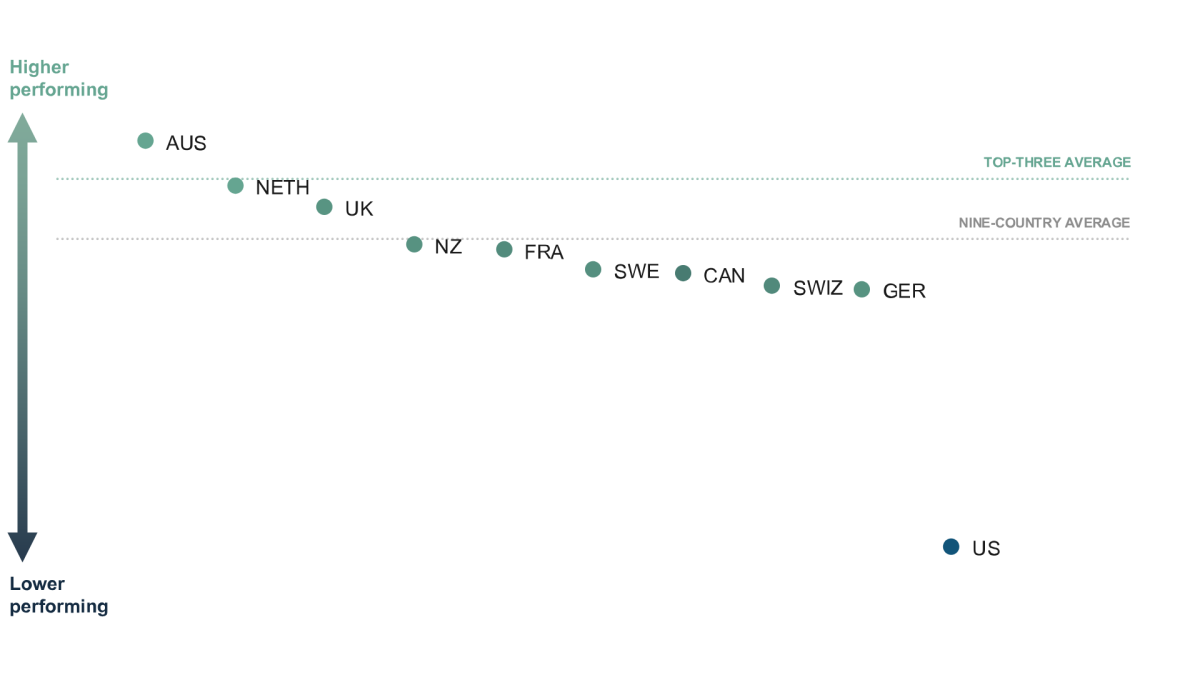Abigail Adams once wrote to her husband to “remember the ladies” in the perilous days when America and its founding beliefs were barely more than a draft of an idea. Adams would be bitterly disappointed to see the extent to which the founders of the American government ignored this plea, and even more so, to see how our history lessons today are guilty of nothing less than forgetting “the ladies,” their contributions, and their names.
History allows us to learn from the mistakes of the past so that we can continue to grow and evolve in positive ways. In the pages of the past, we can trace the roots of our ancestors, and discover shared hopes, dreams or cultural traditions that hold the key to understanding who we are. History helps us develop a greater empathy for others, as it allows us to explore the worldviews of people in different places and times from our own.
There are endless reasons for studying history, and all of them connect us to one another, broaden our perspectives, enhance the human experience, and show us what we are capable of.
But none of these effects can be fully achieved if we only learn history from a single point of view. If we ignore the truth of the majority to learn through the biased lens of the more powerful minority, we are single-handedly flushing these valuable lessons down the drain.
In history curriculums around the world, including our own, the overarching point of view is overwhelmingly that of the white male. Women are the most historically underrepresented group proportionate to their actual population in every single era, period, or place taught in the history classrooms of our school system.
Women’s contributions tend to go forgotten throughout history for several reasons, and not just because they were severely and intentionally restricted from pursuing careers, education, leadership roles, and other opportunities. Women’s scientific discoveries, inventions, artistic and literary publications, military efforts, and all manner of groundbreaking work were attributed to men, either because they were stolen, because no one believed they were capable of such feats, or because they operated under pseudonyms to be taken more seriously.
For centuries, society restricted women’s roles to that of a wife and mother, and placed the labor burden of childcare and homemaking on their shoulders to prevent them from orbiting outside their spheres. An online report on a research project done by the National Women’s History Museum exploring American school history standards explains how history texts seem to define women with these same restrictions. The historians discovered, “Fifty-three percent of women’s mentions within the standards refer to their domestic and family roles. The keywords Family/Families/Family Member appear 393 times, making it the most frequent way of describing women’s history.”
This narrative on women shared in our history books does not present the full picture. Women may have had obstacles placed in their paths and constant challenges to their freedoms and opportunities, but this does not mean that they did not rise above to conquer these obstacles and contribute invaluably to history. Without the contributions of the female activists, soldiers, queens, writers, artists, scientists, inventors, nurses, doctors, spies, pilots, pirates, rebels, and revolutionaries, history as we know it would be very different.
Wars would not have ended the way they did, revolutions would not have succeeded, hundreds of reforms would not have occurred, technological advancements would have been stunted, and some of the greatest periods of peaceful leadership would never have been experienced if it were not for the intelligence, courage, and strength of the women that defied the very restrictions that history textbooks continue to classify women by.
Our own history curriculum ignores these contributions and continues to emphasize the outdated and misinformed narrative that teaches history almost exclusively from the point of view of men. The North Kingstown School District Curriculum states that one of the ten themes that form the “framework” of the social studies standards is “Individual Development and Identity.” And it acknowledges that “Human beings seek to understand their historical roots and to locate themselves in time, to answer questions such as: Who am I? How am I connected to those in the past?”
So if the curriculum can recognize the value in individual development, and forming connections between students and the historical figures they read about, why is it nearly impossible for female students to “locate themselves in time”?
Our curriculum fails to meet its own requirements for what it considers essential historical themes because the texts used in classrooms lack two essential elements. That is, looking at history through a female point of view, and learning about historical figures with female identities.
Our textbooks fail on both of these counts because they break historical time periods down into sections that are governed by the perspectives, achievements, and conflicts of men. As the National Women’s History Museum says, “Women’s history does not neatly follow this timeline. Women, circumscribed by law and culture, were denied opportunities that would have placed them at the center of defining events. As long as the history curriculum follows the traditional timeline, the study of women’s experiences is subject to marginalization.”
Our school’s texts also catastrophically fail to include information about female historical figures. For example, in the Amsco United States History textbook utilized in AP US history classes at NK, a whopping 91.1 percent of people mentioned by name are men, leaving a miniscule 8.9 percent of names mentioned belonging to women, as counted in the index.
This has not gone unnoticed by our history students. Junior Eleanor Martin said, “We’re always talking about the male point of view and whenever we talk about a women it’s just an example of one person doing one thing.”
“I know that women are capable of making history,” said AP US History student Brenna Malloy. She added, “But the textbooks mostly talk about a lot of men. It gives me the impression that women just didn’t do anything important.” Malloy’s frustration is one shared by many female students. “It’s depressing that throughout history it was so hard for women to do literally anything.”
But the lack of female representation in our history curriculum isn’t just frustrating and saddening for history-inclined non-male students. It demonstrates a severe deficiency in our education and serves to promote the cruel cycle of a patriarchal society.
The current curriculum standards instill in students of all genders the idea that a woman doing incredible or important things is out of the ordinary, unexpected, and unusual.
History is known to be written by the “victors” or those in power. By feeding into these archaic history standards, we are demonstrating that not only were women not historically in possession of any sort of power, but we are refusing to place power in their hands today (the simple power of learning history from their own perspective) and making it known that women were not, are not, and are not expected to be the “victors” in a society that still promotes the misogynistic idea that women are the inconsequential side characters in the ordeals of men.
Showing that women matter less in history teaches us that women matter less today, and in turn propagates the idea that women will continue to matter less, earn less, and achieve less than the men around them.
So what are we supposed to do about this issue? What can we do? Opponents to this idea will argue that the textbooks are already written, and our school system can’t exactly demand their creators to rewrite, revise, and revolutionize the very foundation of how this information is taught.
Maybe not. But the deciding power of what to include in history textbooks is part of the same overarching cycle. Textbooks are designed to be sold, and they’re designed to be sold to school systems. School systems have proven for decades that they prefer to adhere to curriculums designed to cater to the points of view of men, meaning that textbooks are consequently created to cater to that same point of view.
This doesn’t mean the ability to reform curriculum bias is a hopeless case. It simply starts at the smallest level: with the students. Students must seek to question what they are taught, to look for more ways to view each lesson and situation. We must make the effort to think critically and innovate, rather than blindly placing trust in a system that has proven to be flawed.
When students make this effort, teachers must follow. Teachers have the power of delivering our education to us. Although they must adhere to the curriculum to an extent, every one of them has the ability to present resources and information to their students that lies outside the box of what the system gives to them. They can encourage students to identify biases, weaknesses in reasoning, and the shortcomings of a limited perspective.
With students and teachers actively taking steps towards educational reform, school board efforts will follow, then those of the curriculum designers, and progressively, the cycle of male bias in history can be broken.
We learn history because it elevates our experience as human beings in countless ways. Anyone who has studied history knows that societies evolve. It is time that our school’s limited and repressive history curriculum evolves as well.
Let’s remember the ladies. Let us learn from them, learn about them, and be inspired by them. We’ve learned “his story.” Now we must learn hers.











